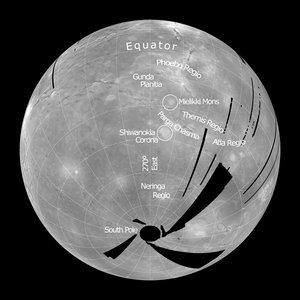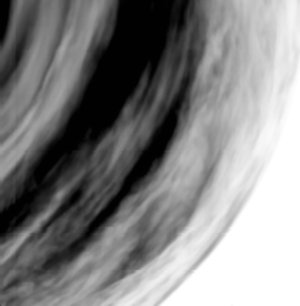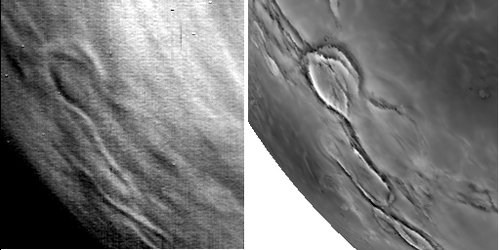Accept all cookies Accept only essential cookies See our Cookie Notice

About ESA
The European Space Agency (ESA) is Europe’s gateway to space. Its mission is to shape the development of Europe’s space capability and ensure that investment in space continues to deliver benefits to the citizens of Europe and the world.
Highlights
ESA - United space in Europe
This is ESA ESA facts Member States & Cooperating States Funding Director General Top management For Member State Delegations European vision European Space Policy ESA & EU Space Councils Responsibility & Sustainability Annual Report Calendar of meetings Corporate newsEstablishments & sites
ESA Headquarters ESA ESTEC ESA ESOC ESA ESRIN ESA EAC ESA ESAC Europe's Spaceport ESA ESEC ESA ECSAT Brussels Office Washington OfficeWorking with ESA
Business with ESA ESA Commercialisation Gateway Law at ESA Careers Cyber resilience at ESA IT at ESA Newsroom Partnerships Merchandising Licence Education Open Space Innovation Platform Integrity and Reporting Administrative Tribunal Health and SafetyMore about ESA
History ESA Historical Archives Exhibitions Publications Art & Culture ESA Merchandise Kids Diversity ESA Brand CentreLatest
Space in Member States
Find out more about space activities in our 23 Member States, and understand how ESA works together with their national agencies, institutions and organisations.
Science & Exploration
Exploring our Solar System and unlocking the secrets of the Universe
Go to topicAstronauts
Missions
Juice Euclid Webb Solar Orbiter BepiColombo Gaia ExoMars Cheops Exoplanet missions More missionsActivities
International Space Station Orion service module Gateway Concordia Caves & Pangaea BenefitsLatest
Space Safety
Protecting life and infrastructure on Earth and in orbit
Go to topicAsteroids
Asteroids and Planetary Defence Asteroid danger explained Flyeye telescope: asteroid detection Hera mission: asteroid deflection Near-Earth Object Coordination CentreSpace junk
About space debris Space debris by the numbers Space Environment Report In space refuelling, refurbishing and removingSafety from space
Clean Space ecodesign Zero Debris Technologies Space for Earth Supporting Sustainable DevelopmentLatest
Applications
Using space to benefit citizens and meet future challenges on Earth
Go to topicObserving the Earth
Observing the Earth Future EO Copernicus Meteorology Space for our climate Satellite missionsCommercialisation
ESA Commercialisation Gateway Open Space Innovation Platform Business Incubation ESA Space SolutionsLatest
Enabling & Support
Making space accessible and developing the technologies for the future
Go to topicBuilding missions
Space Engineering and Technology Test centre Laboratories Concurrent Design Facility Preparing for the future Shaping the Future Discovery and Preparation Advanced Concepts TeamSpace transportation
Space Transportation Ariane Vega Space Rider Future space transportation Boost! Europe's Spaceport Launches from Europe's Spaceport from 2012Latest

Temperature maps of Venus’ surface
Thank you for liking
You have already liked this page, you can only like it once!
The temperature maps of the Venusian surface shown in this image were built thanks to direct measurements obtained by Venus Express’ VIRTIS instruments (left), compared with surface temperature predictions based on the Magellan topographic data obtained in the early 1990s (right).
VIRTIS, the Visible and Infrared Thermal Imaging Spectrometer on board ESA’s Venus Express, gathered the data combined into this mosaic on 10 August 2006, during a single orbit (orbit 112). The spacecraft was flying over the Themis and Phoebe Regiones in the southern hemisphere of Venus. Themis Regio is a highland plateau located on the 270º East meridian and at about 37º South latitude. In the future, combining data from many orbits will significantly improve the quality and the spatial resolution of the surface images.
This is a region that has experienced strong volcanic activity in the past, and possibly still does today. A series of interconnecting large coronae is running through the highland. Coronae are circular to elongate features, which are surrounded by multiple concentric ridges. These features are thought to be forming by hot spots in the Venusian crust. The coronae in Themis Regio are building a chain of volcanoes and faults called Parga Chasma, which runs from northwest to southeast, and eventually connect Parga with Atla Regio (not covered in the inage). The Phoebe Regio is a highland region of Venus (such regions are called 'tesserae'), where most of the Soviet Venera probes landed.
Large highland regions are clearly visible, as well as single volcanic structures such the Mielikki Mons, in the centre of the mosaic. On the south-eastern part of the mosaic VIRTIS covered a region for which Magellan maps are not available.
The surface-temperature measurements were performed using the atmospheric windows located in the near infrared at 1.02, 1.10, and 1.18 microns, respectively. The radiation coming from the surface is affected by the thick cloud layer, so a ‘de-clouding’ algorithm had to be applied.
The non-labelled version of this image is available by clicking here .
-
CREDIT
ESA/VIRTIS-VenusX Team -
LICENCE
ESA Standard Licence

Surface areas mapped by VIRTIS

Cloud structures in Venus atmosphere

Close-up on cloud structures on Venus

Clouds over Alpha Regio on Venus















 Germany
Germany
 Austria
Austria
 Belgium
Belgium
 Denmark
Denmark
 Spain
Spain
 Estonia
Estonia
 Finland
Finland
 France
France
 Greece
Greece
 Hungary
Hungary
 Ireland
Ireland
 Italy
Italy
 Luxembourg
Luxembourg
 Norway
Norway
 The Netherlands
The Netherlands
 Poland
Poland
 Portugal
Portugal
 Czechia
Czechia
 Romania
Romania
 United Kingdom
United Kingdom
 Slovenia
Slovenia
 Sweden
Sweden
 Switzerland
Switzerland
























